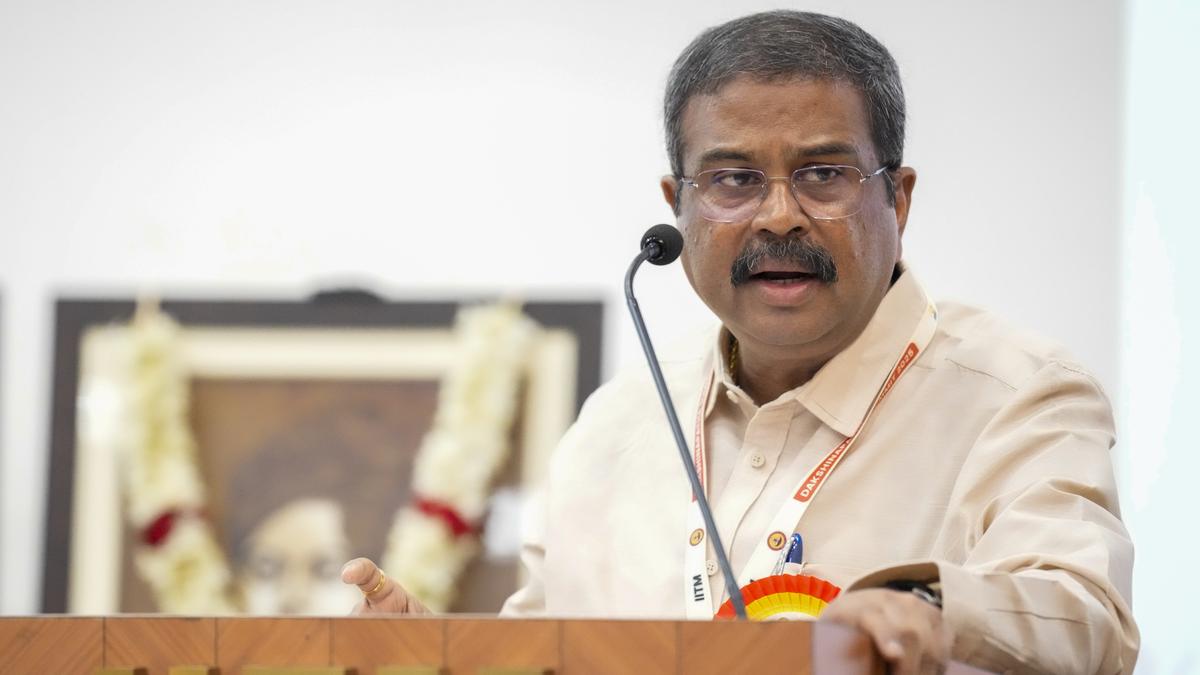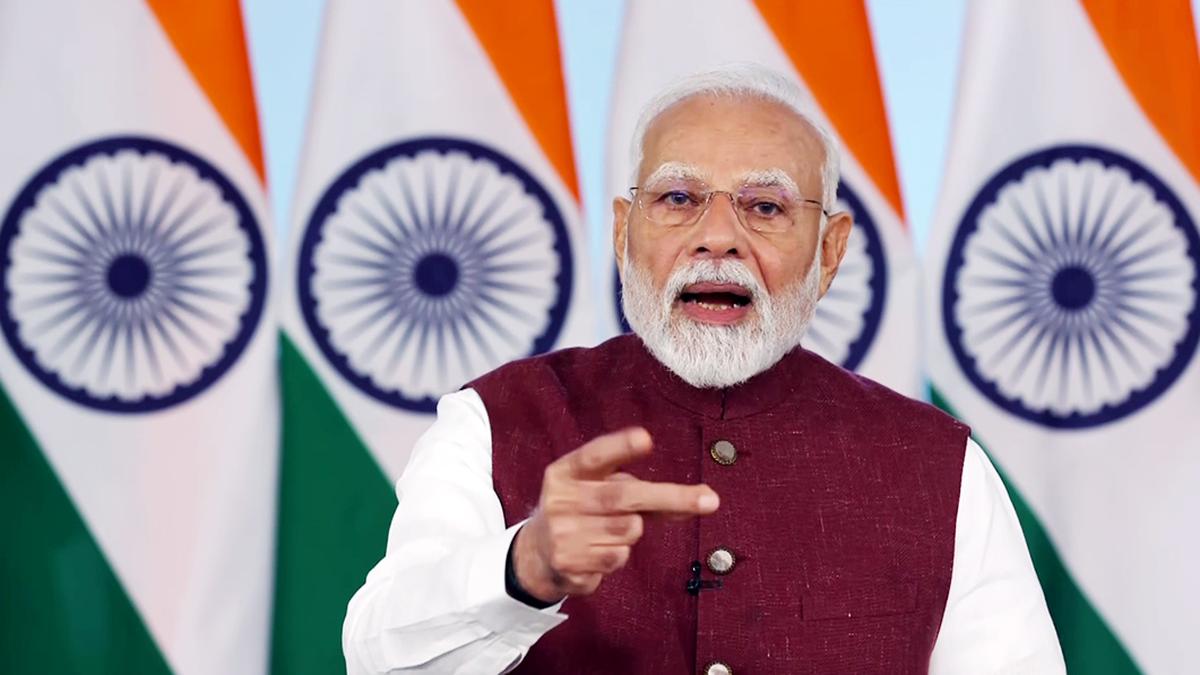Now Reading: GST Reforms: New Tax Rules Effective September 22-Key Details at a Glance
-
01
GST Reforms: New Tax Rules Effective September 22-Key Details at a Glance
GST Reforms: New Tax Rules Effective September 22-Key Details at a Glance

Speedy Summary
- the Indian government will roll out the GST 2.0 tax structure starting September 22, 2025.
- The new system reduces the current four-tier rates to two primary tax slabs: 5% for essentials and daily-use items, and 18% for most goods and services.
- A special 40% de-merit rate has been introduced for luxury and sin goods, such as tobacco, pan masala, aerated drinks, and premium vehicles.
- The reform aims to simplify taxation, enhance transparency, reduce disputes over classification of items, and prevent inflationary pressures on essential commodities.
- Essential goods like food grains and medicines remain taxed at the lower 5%, while certain mid-range products may see reduced taxation with the elimination of the earlier 12% slab.
- State-level notifications are expected to align with Central GST (CGST) changes starting from Monday (Sept 22).
- The government expects these reforms to boost spending by making goods more affordable for households.
Indian Opinion Analysis
The two-tier GST regime marks a notable shift in India’s approach to indirect taxation since its introduction in 2017. By simplifying tax structures into fewer brackets, this move can potentially ease compliance challenges while minimizing disputes over item classifications-a key issue under the previous system.
From a consumer viewpoint,keeping essentials under a low tax slab ensures continued affordability for basic needs while removing the intermediate slab of 12% could decrease costs on mid-range goods benefiting middle-class households directly. Businesses too may find it easier to navigate simpler structures with clearer slabs.
However, placing luxury items like premium cars or sin goods in a steep de-merit category at 40% could prompt consumption shifts or tapering demand in these segments-possibly impacting niche industries catering to high-income groups.
In an economic sense,final success hinges on implementation efficiency across states along with balanced revenue generation amidst rate reductions elsewhere. Overall encouragement of spending via higher disposable income could stimulate broader economic momentum but requires careful monitoring against inflationary tendencies.

























